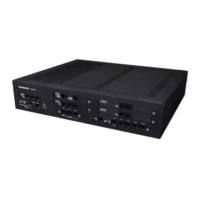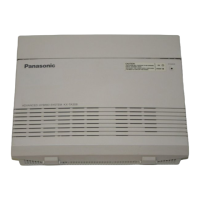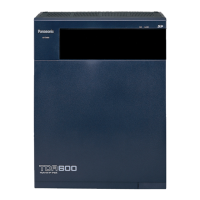Button Steps
ISDN Service
Select ISDN Service from Type.
Then enter the desired number in Dial (max. 32 digits consisting of 0–9, ,
#, T [Transfer], [ ] [Secret], P [Pause], and F [Flash]).
Note
Availability
of this button depends on the ISDN service of your telephone
company.
Refer to "1.2.5 Accessing the ISDN Service (ISDN Service Access)".
Calling Line Identification
Restriction (CLIR)
Select CLIR from Type.
Connected Line
Identification Restriction
(COLR)
Select COLR from Type.
ISDN-Hold Select ISDN Hold from Type.
Headset Select Headset from Type.
Time Service Switching
Mode (Automatic/Manual)
Select Time Service - Automatic/Manual from Type.
Then in Parameter Selection, select the Time Table (tenant number) to be
used when Time Service Switching Mode
is set to Automatic.
Network Direct Station
Selection (NDSS)
Select NDSS from Type.
Then enter the another PBX extension number in Dial (max. 16 digits
consisting of 0–9).
Note
The
button may not be available depending on the networking method in
use or the settings of the PBX.
CTI Select CTI from Type.
Primary Directory Number
(PDN)
Select PDN from Type.
Secondary Directory
Number (SDN)
Select SDN from Type.
Then enter the extension number in Extension Number.
In Parameter Selection,
specify the delayed ringing setting for calls arriving
at an SDN button.
To specify the ring tone, select the ring tone type from Optional Parameter
(Ringing Tone Type Number).
Check-in Select Check In from Type.
Check-out Select Check Out from Type.
Cleaned-up Select Cleaned Up from Type.
Two-way Record
Select Two-way Record from Type.
Then enter the UM group’
s floating extension number in Extension
Number. (The UM group’s default floating extension number is 500.
*1
)
User Manual 339
3.2.1 User Programming

